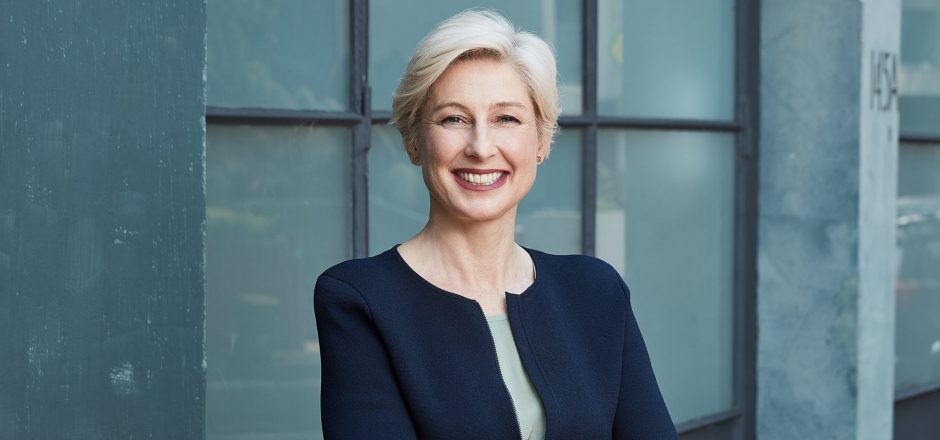Revenue from Australia’s biggest co-operatives and mutuals grew by 10% to AU$34.4bn during 2020/21, a report from the national sector body reveals.
This year’s National Mutual Economy Report (NME) from the Business Council of Co-operatives and Mutuals (BCCM) shows that Australia’s top 100 member-owned businesses also recorded strong earnings growth.
Profitability across the top 100 showed an average annual rate of growth of 28.7% in pre-tax earnings across a five-year trend, with the strongest performances recorded by those operating in agribusiness, motoring, and financial services.
The report was launched this week in Sydney at a summit of 40 CEOs from Australia’s top 100 co-ops and mutuals.
The event, hosted by the BCCM, explored how the co-ops and mutuals sector, which has recently seen a wave of mergers, can achieve scale and continue to thrive against a backdrop of high inflation and surging input costs.
BCCM chief executive Melina Morrison said the sector’s return to growth last year, after a difficult 2019/20, demonstrated the resilience of the business model and the purpose-driven ethos that lies at the heart of all co-ops and mutuals.
“It is pleasing to see the sector rebound strongly despite the challenges posed by Covid-19,” she added, “as well as recent climate-related disasters such as bushfires and flooding.
Related: Australian co-ops continue their response to devastating flood crisis
“Time and again throughout recent crises, we have seen co-operatives and mutuals use their local knowledge and networks to find solutions that put members first, investing capital wisely to ensure the best outcomes for the communities they serve.”
Highlights from the report include:
- The largest co-operative by turnover was West Australian-based grain handler CBH group, which reported revenue of $3.9bn and net earnings of $133.7m
- The largest by gross assets was Queensland’s Great Southern Bank at $16.3bn
- There were more than 1,832 co-ops and mutuals with a combined membership of more than 31.7 million
- The top 100 co-ops and mutuals had combined assets of around $181bn
For the first time, the NME report has measured the investment contributions made by co-ops and mutuals into their communities. Data collected from 67 of the major co-ops and mutuals showed that 9.4 per cent of after-tax profits were re-invested into community projects such as education, health and welfare.

“Co-ops and mutuals make vital contributions by investing in their communities every day and this often goes unheralded,” said Morrison.
The NME report also highlights the significant progress made by co-operatives and mutuals on gender equality. The report shows 17% of the top 100 co-ops and mutuals had a female CEO, up from just 3% in 2016. This compares with the performance of ASX200 companies, which showed no improvement over the same period, remaining static at just 5% female CEOs.
Related: CBH Group builds a fertiliser facility to meet rising demand
The representation of women chairs also showed an improvement, with 21% of the top 100 co-ops and mutuals chaired by a female in 2021, up from 15% in 2016. This was ahead of the ASX200 which increased the number of female chairs from 5% to 10.5% over the same period.
Morrison said that co-operatives and mutuals were leading the way on gender diversity because their business model and governance structures were set up to encourage inclusion.
“It’s unclear how the events of the pandemic and its impacts will affect the long-term representation of women in Australia’s workforce,” she added, “but we know that further gains in gender diversity will only stem from continued commitment to co-operative values that promote inclusion.”